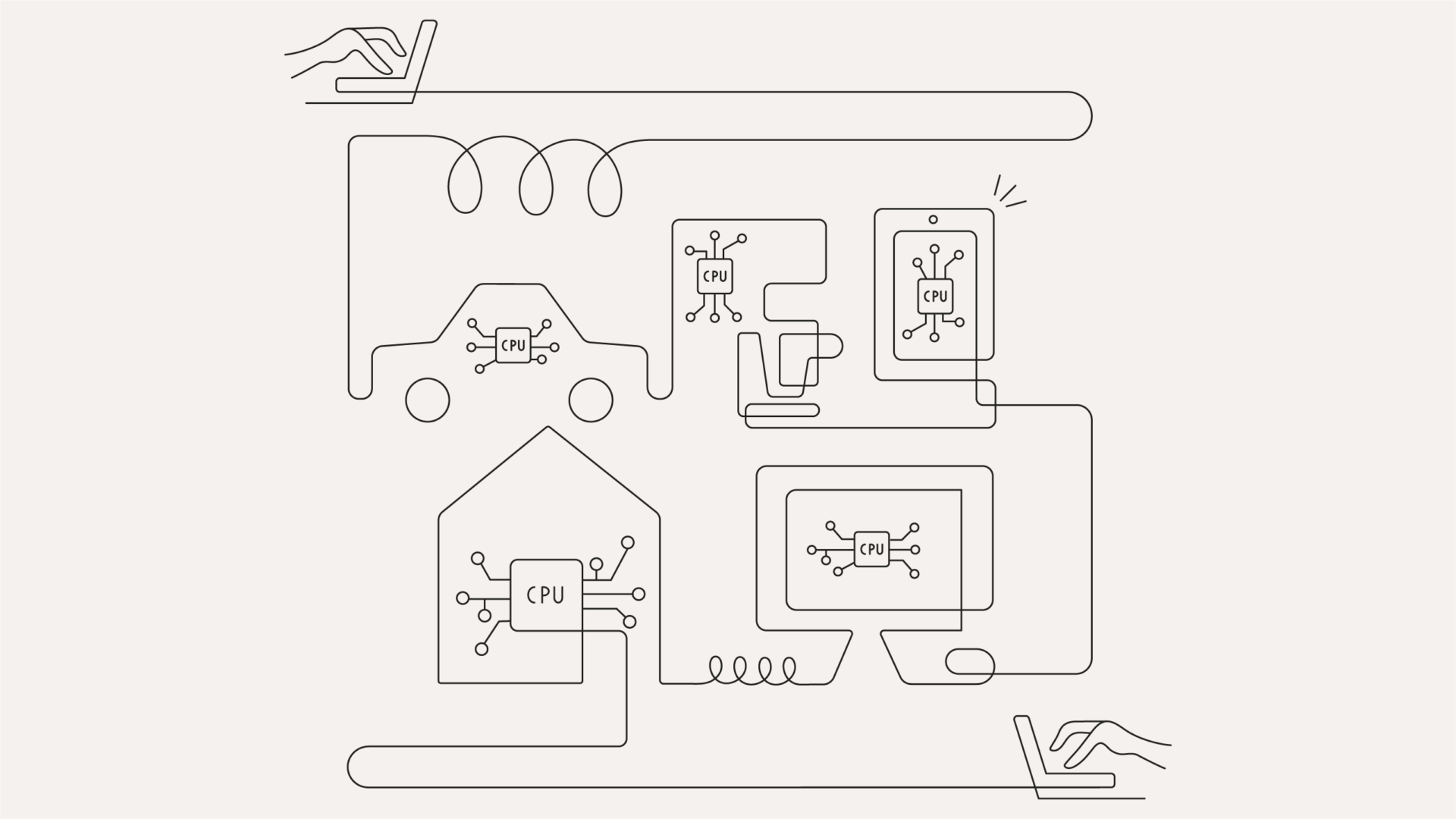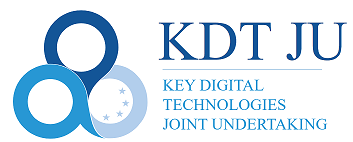We recently described how Codasip Labs is working with the NimbleAI project to push the boundaries of neuromorphic vision. Let’s talk about another cool project. This project is focused on another sense, hearing. We will use our unique Codasip Studio design toolset to develop a customized RISC-V core for MEMS (micro-electro-mechanical system) sensors.
Again, technology is inspired by biology in this project which is partly funded by the European Union and involves 27 organizations from 7 countries in Europe. This three-year project is called “Acoustic sensor solutions integrated with digital technologies as key enablers for emerging applications fostering Society 5.0”. That is a mouthful (and not very hashtag-friendly). Luckily there is also the short-form project name, Listen2Future. This project is a great example of industry innovating for the benefit of society: reducing infant mortality rates; or improving hearing aid efficiency for the hard of hearing.

Creating an efficient digital ear
Small MEMS sensors are used in industrial and medical applications. In particular, application areas include hearing aids and hands-free devices, as well as ultrasound examinations for pregnancy checks, or examinations of the thyroid gland, liver, or heart. MEMS microphones typically need to ensure perfect sound quality with low energy consumption. But there are limitations to the technology. These devices do not work equally well in every frequency range, can provide only snapshots, and are often large and expensive. With this in mind, the Listen2Future project is aiming to create smarter, smaller, more robust, more power-efficient, and more mobile systems. In fact, the research involves the entire development chain – from materials, design, signal processing, assembly and packaging technologies, software developments, and artificial intelligence algorithms to miniaturized system solutions that can be integrated.
The project is led and coordinated by Infineon in Austria. Sabine Herlitschka, CEO of Infineon Technologies Austria AG, said: “Major innovation steps often take place at the interfaces of disciplines. This is especially true where medicine meets microelectronics, because we can detect and measure body signals much more precisely. This creates significant potential for improving healthcare. With the European “Listen2Future” project, we are working with excellent partners from industry, medicine and science to show how this “digital ear” can be made effective, in healthcare and beyond. Together, we are making highly relevant contributions to this key application area of acoustics.”
RISC-V customization and data security
This highly targeted application is a perfect match to benefit from RISC-V customization. The Codasip Labs team will use Codasip Studio to support the customization of the RISC-V core used in the project. Also, the team will integrate and demonstrate essential security features in the system. Data security for medical devices is certainly an essential requirement. The project will therefore include a scalable security suite.
For the Listen2Future project, the team will implement Ascon. This is a new encryption algorithm with built-in authentication which was recently selected as a standard algorithm by NIST. Ascon is a modern “lightweight” cipher that is particularly suited to small, low-power IoT devices, making it very suitable for providing data security for this Listen2Future MEMS device. By using the HW/SW co-design approach, we will be able to deliver the most efficient implementation.

We deliver custom compute through the combination of the open RISC-V ISA, the Codasip Studio processor design automation toolset, and high-quality processor IP. This innovative approach lets designers easily customize and differentiate their designs to develop high-performing, and game-changing products that are truly transformational. Learn more about RISC-V customization, HW/SW co-optimization, and custom compute in a recent blog post by our very own Mike Eftimakis.
Codasip Labs is our innovation hub. Within Codasip Labs, we focus on key applications including security, functional safety, and AI/ML. Indeed, our mission is to identify and build the technology that extends the possibilities of custom compute. Above all, we want to accelerate the time to market for uniquely better products with customized, domain-specific designs.
Building a strong European ecosystem
According to Infineon, Europe already has a leading position in MEMS sensors with a global market share of more than 40 percent. Furthermore, the demand for this technology is growing. Listen2Future aims to further strengthen the market position of European companies. How? Firstly, by creating a new generation of MEMS transducers with increased performance for acoustic applications. Further, by generating a strong IP portfolio to foster European leadership and excellence in international competition.
The project will provide dedicated hardware accelerators/processors and AI-powered algorithms for real-time, integrated signal processing. This will empower best-in-class, intelligent, and low-power acoustic systems. Not only will this enable devices such as mini hearing aids to consume less power, but also precise ultrasound for infants to detect infections. In fact, highly integrated and cost-effective MEMS technologies from the Listen2Future project can make these devices affordable for widespread use. For this reason, the project can help to further reduce neonatal mortality rates in developing countries.

